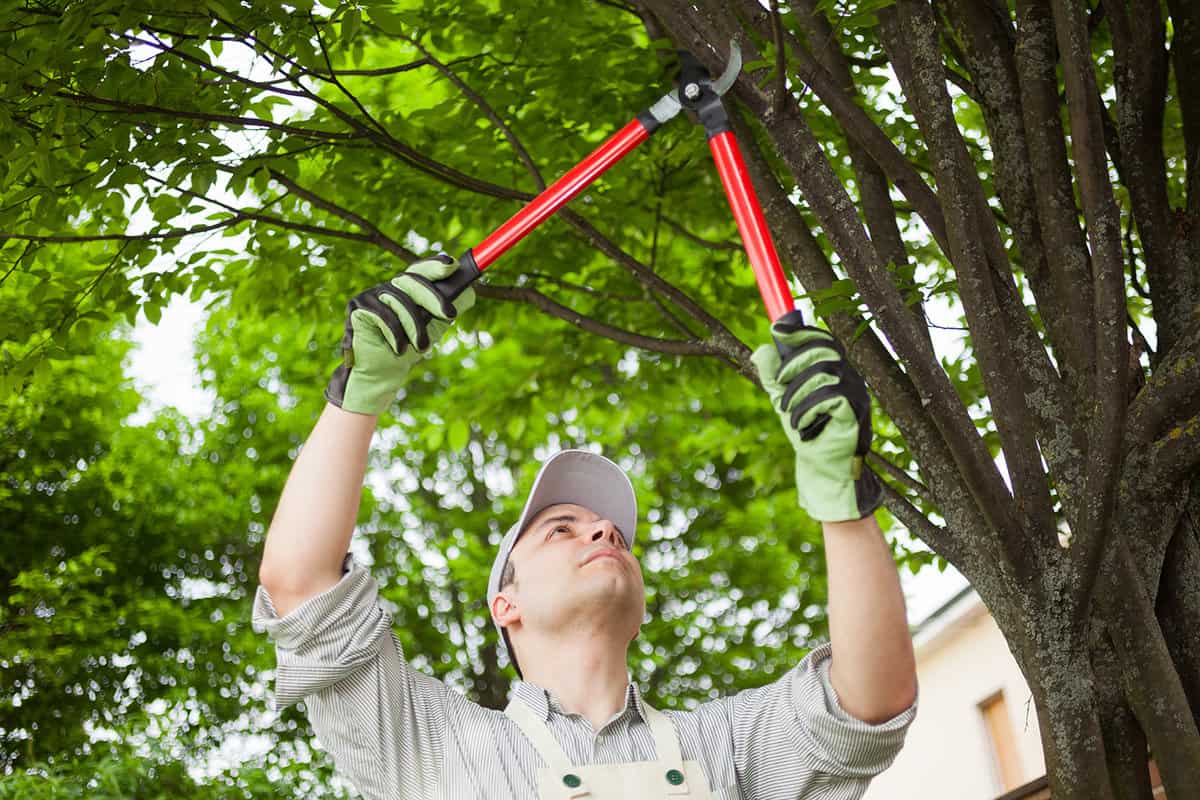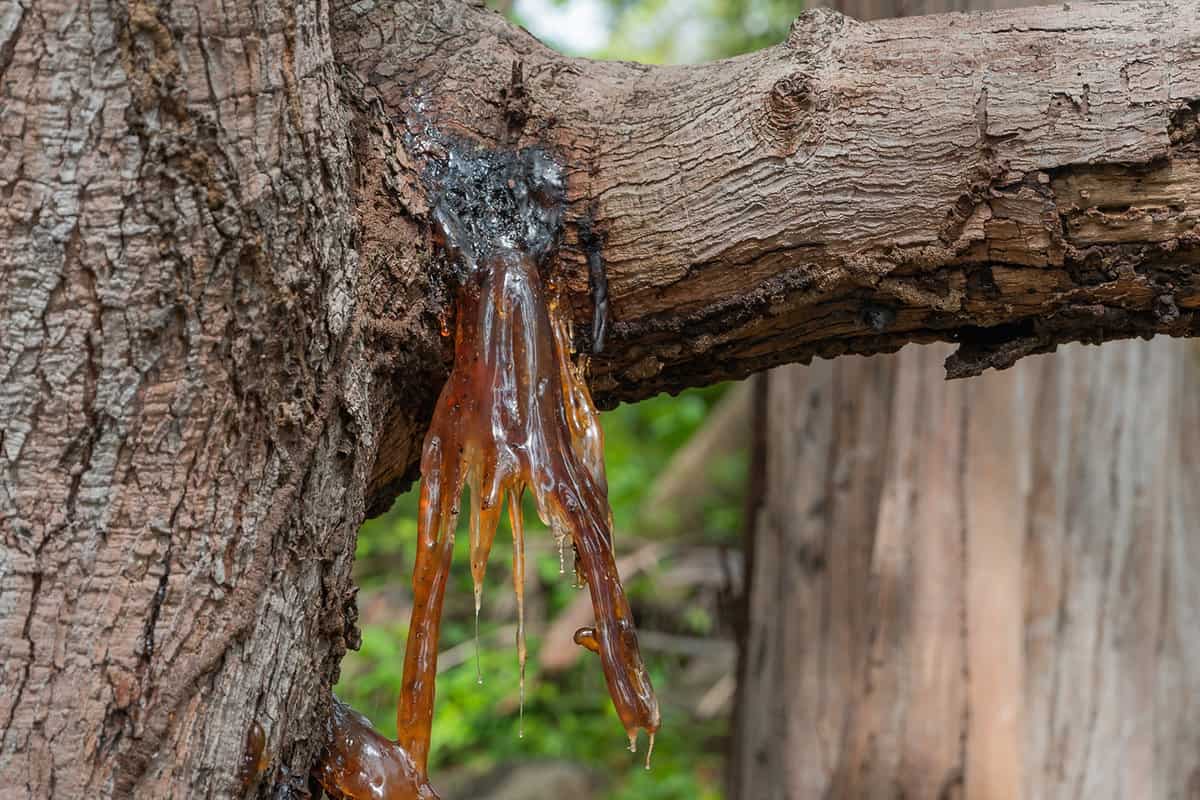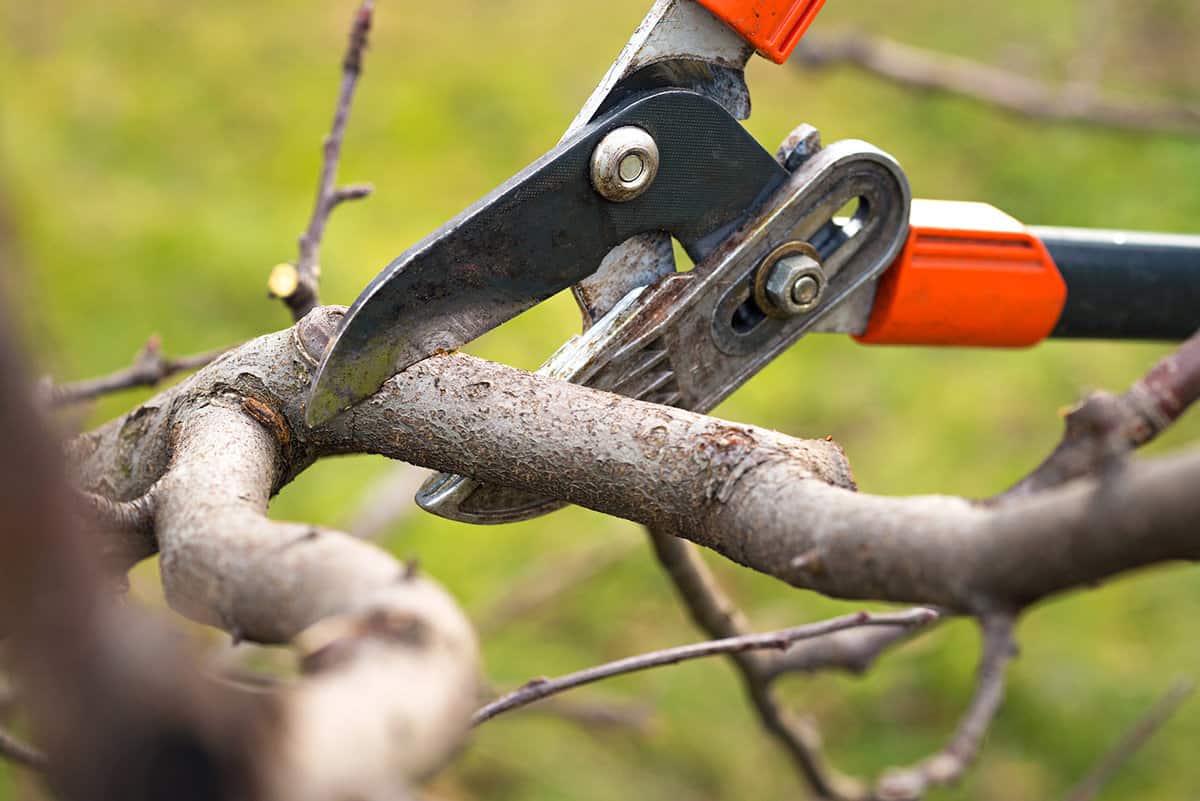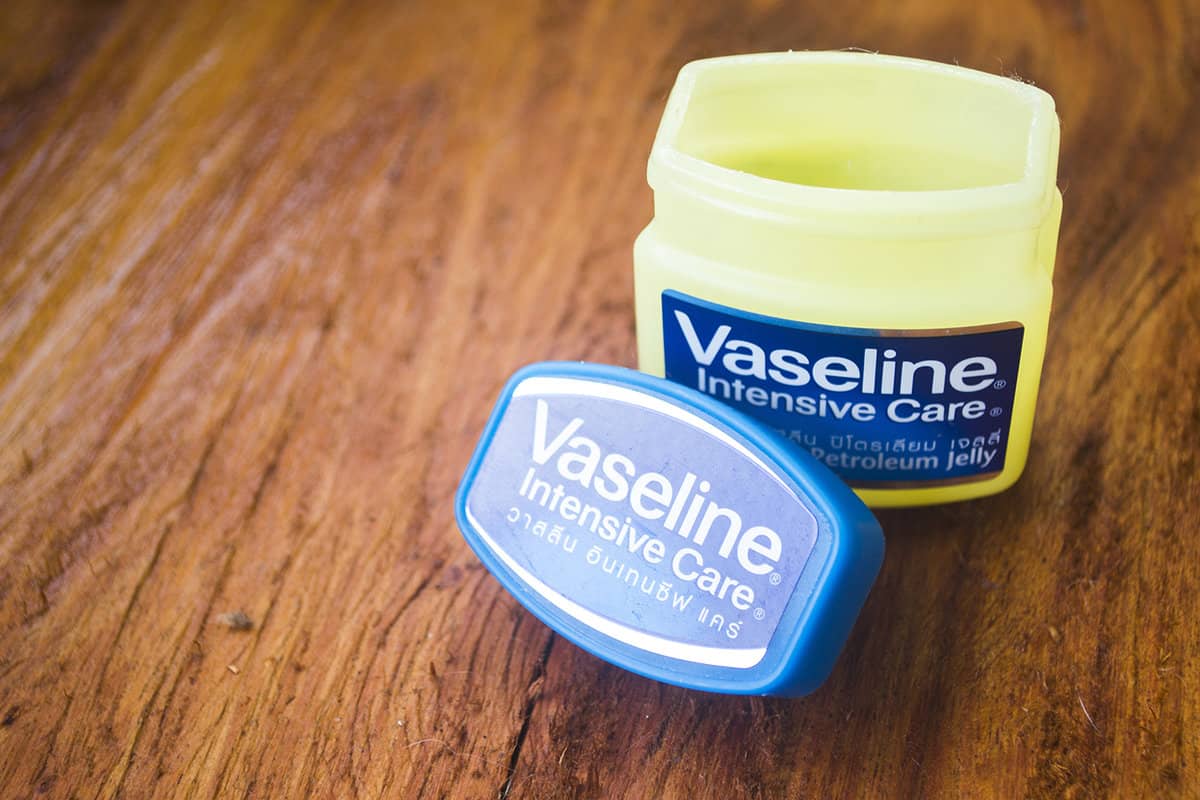Pruning a tree can be done for several reasons, from removing overgrown branches to cutting off dead parts. Some trees produce sap after pruning which might make them unsightly and attract insects, so how do you stop sap from flowing after pruning? We researched to get an answer for you!
The best way to keep your tree sap from dripping after pruning quickly and efficiently is to do the following:
- Apply insecticides
- Use sap sealant
- Cut off the affected branch
This post contains detailed information on managing tree sap after pruning for experienced gardeners and newbies. So, make sure to read till the end. Let's begin!
![Tree sap coming out of cut branches of a pine tree, How To Stop Tree Sap After Pruning [Quickly & Easily]](https://gardentabs.com/wp-content/uploads/2022/12/Tree-sap-coming-out-of-cut-branches-of-a-pine-tree-scaled.jpg)
How To Stop Tree Sap From Dripping After Pruning

Most trees should be pruned once per year, especially if they are more than three years old.
This is to remove dead branches, as well as to maintain an appropriate shape or canopy. For example, if your tree is too tall or has a lot of branches, it needs pruning.
Pruning also promotes new growth. You might notice sap dripping after you prune. Several factors affect the amount of sap that a tree produces.
Among them are the tree's age and the volume and location of the branches. Sap production is a regular occurrence and serves as a means of protection after injury on a tree.
However, this can leave the tree vulnerable to infections and pathogens.
Here are a few ways to stop sap after pruning:
Apply Insecticides
Applying insecticides is a great way to stop sap from dripping.
After you prune and there is sap production, insects and pests are attracted to your tree. And the more the insects keep drilling holes into the tree, the more the sap letdown.
So it would help if you control insects' activities by applying an effective insecticide. You can go for natural insecticides like neem oil.
Use Sap Sealant

Another way to stop sap dripping is using a sap sealant after pruning, which is cheap and easy to apply. Apply the sap sealant to the cut area and let it dry. Once it's dried, the tree will stop dripping sap.
Sap sealants are readily available in most home improvement stores. They come in varying types; liquid form or aerosol spray cans. Whatever your preference, ensure that you follow the guideline for usage.
Check out this pruning sealer on Amazon.
Cut The Affected Branch
Cutting a tree limb to stop sap from dripping may not be visually appealing for your tree, but it will get the job done if excessive sap dripping occurs.
All you need is a pair of gardening shears to cut the branch dripping sap. Note that this is only a temporary remedy. For a more permanent solution, consider using a sap sealant.
How To Prune To Avoid Sap Dripping From Your Tree

First, to avoid sap dripping, you'll want to ensure you're pruning the right way. This means using clean, sanitized loppers to prune your branches. Also, follow the pruning guidelines provided by your arborist and your local law.
Using proper pruning techniques is essential for minimizing damage to your tree. Avoid cutting close to the branch collar. It can slow the healing process.
The final cut should be made outside the branch collar to prevent the tree from leaking sap into the soil. If the cut is too close to the branch collar, it could slow healing.
The collar is a thick shoulder that attaches a branch to the trunk. Depending on the species of tree, it may have specific pruning requirements.
Also, ensure that you're cutting at the proper angle. A flush cut will result in larger wounds.
Check out this pruning set on Amazon.
Tips For Pruning Your Tree
To effectively minimize sap dripping after pruning, here are things to remember:
Consider The Time of The Year
To prevent sap dripping after pruning, it is best to prune at an appropriate time of the year. The ideal time for pruning most trees is in the winter when the tree is dormant.
It will allow the tree to seal the wound quickly. It will also help the tree to produce less sap during pruning. Another great time to prune is when the tree is blooming.
Some plants require more aggressive pruning in certain seasons, while others can take it with little effort. For example, fruit trees such as cherries and boxwood should be pruned aggressively in the spring, while palm trees are during the winter period.
Also, it is necessary to avoid pruning too late in the year. It could result in removing flower buds or fruit.
If you are concerned about diseases, you may want to avoid pruning until the tree's new growth has begun. In general, you should also consider pruning trees in the early morning.
That is the time of day when the temperature is lower.
Avoid Excessive Cutting
Another mistake to avoid is cutting too much material. Removing too much of a plant part will cause excess sap to drip and damage its roots. It may take years for the plant to recover from this damage.
In addition, pruning too much can impede the tree's ability to produce food. So, avoid cutting too much, too often, and in the wrong place.
Trim out only old wood and keep the limbs trimmed close to the trunk because the correct pruning method will improve the look of your plants and shrubs and help them grow healthier.
When it comes to pruning, there are two main types of cuts: single cuts, where the limb is cut at the same time, and multiple cuts, where each limb segment is removed individually.
The best cuts are evenly distributed along the length of the limbs.
Don't Prune Trees That Do Not Require Pruning
Another common mistake to avoid is pruning the trees that don't require pruning. Pruning shrubs can make them look better and produce more flowers, but it can also be damaging.
Likewise, pruning fruit trees can improve their appearance but lead to smaller fruit.
It is advisable to break up the pruning process into several sessions to avoid this. The trick is to prune the tree at the same time each year.
How Long Do Trees Drip Sap After Pruning?
![How long trees drip sap after pruning, How To Stop Tree Sap After Pruning [Quickly & Easily]](https://gardentabs.com/wp-content/uploads/2022/12/How-long-trees-drip-sap-after-pruning-..png)
On average, trees drip sap for 14 to 21 days after pruning. However, factors like the tree's age, the number of branches, and the level of pruning will also determine the length of a tree sap dripping.
Warning: A good rule of thumb is to avoid pruning during the peak of the sap flow. This is particularly true for maples. Sap typically begins flowing from maple trees in the early spring, when temperatures start to rise.
Depending on the weather and region, the flow generally continues until late spring or early summer.
Can Vaseline Be Used as Pruning Sealer?

Although some gardeners use vaseline as a pruning sealant, it is not recommended on trees.
Vaseline is made of petroleum jelly and does not provide the same protection as specialized tree pruning sealers. Furthermore, petroleum jelly can cause damage to certain types of trees and plants.
Vaseline may also damage both the leaves and roots of the plant. It can act as a barrier against water, air, and essential nutrients necessary for healthy growth.
Conclusion
The most crucial step to prevent sap oozing after pruning is to immediately seal off any cuts you’ve made with a tree wound dressing.
This will help prevent bacteria and other contaminants from entering the tree's exposed area and keep moisture in. Other options to consider include applying insecticides and cutting off infected branches. Thanks for reading.
Made it to the end? Check out these helpful related articles:



That was a massively helpful and informative article